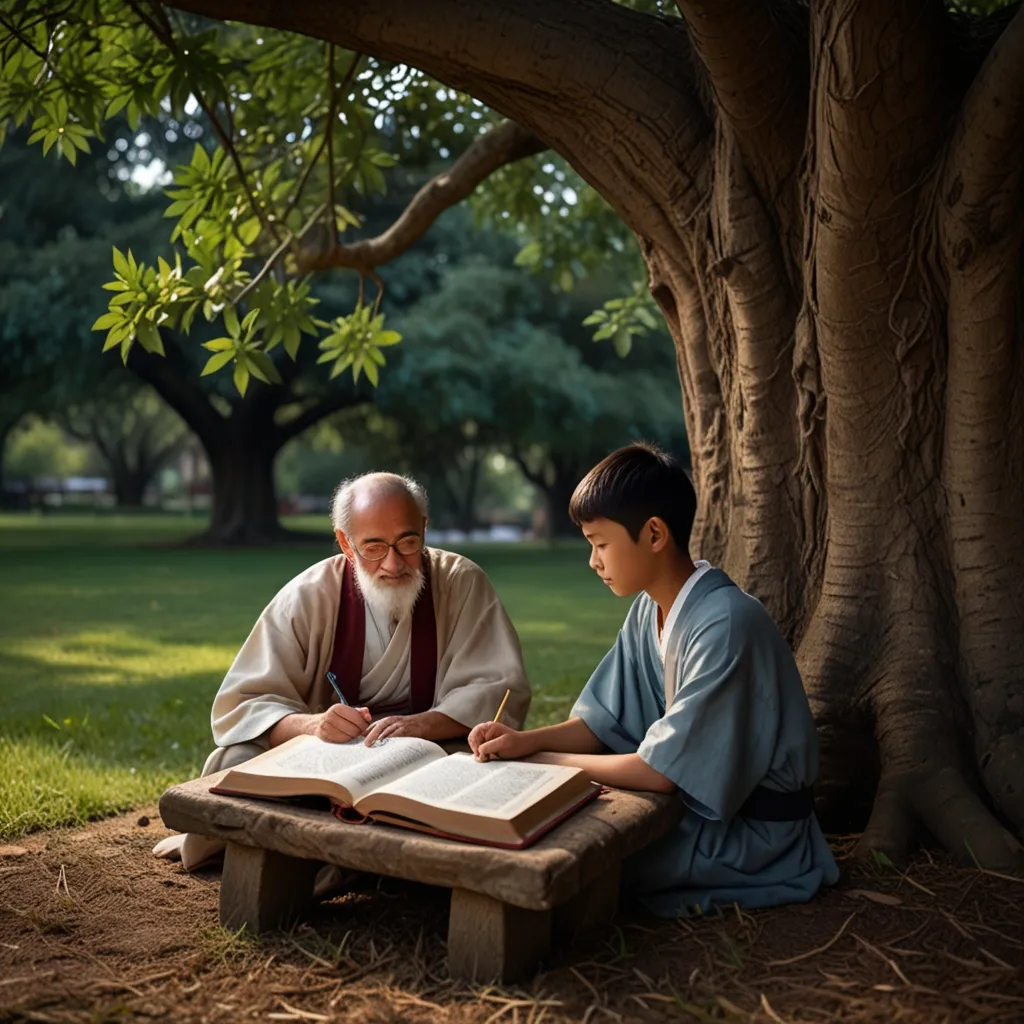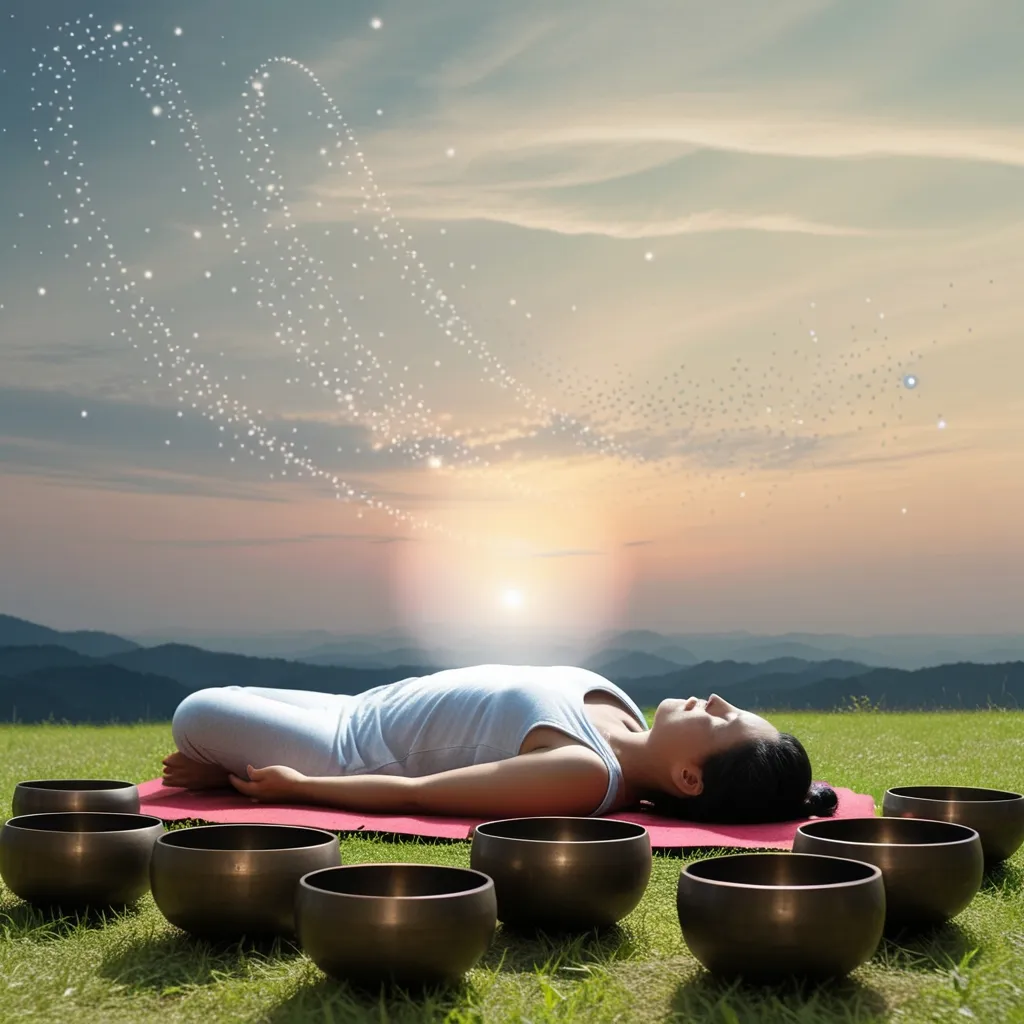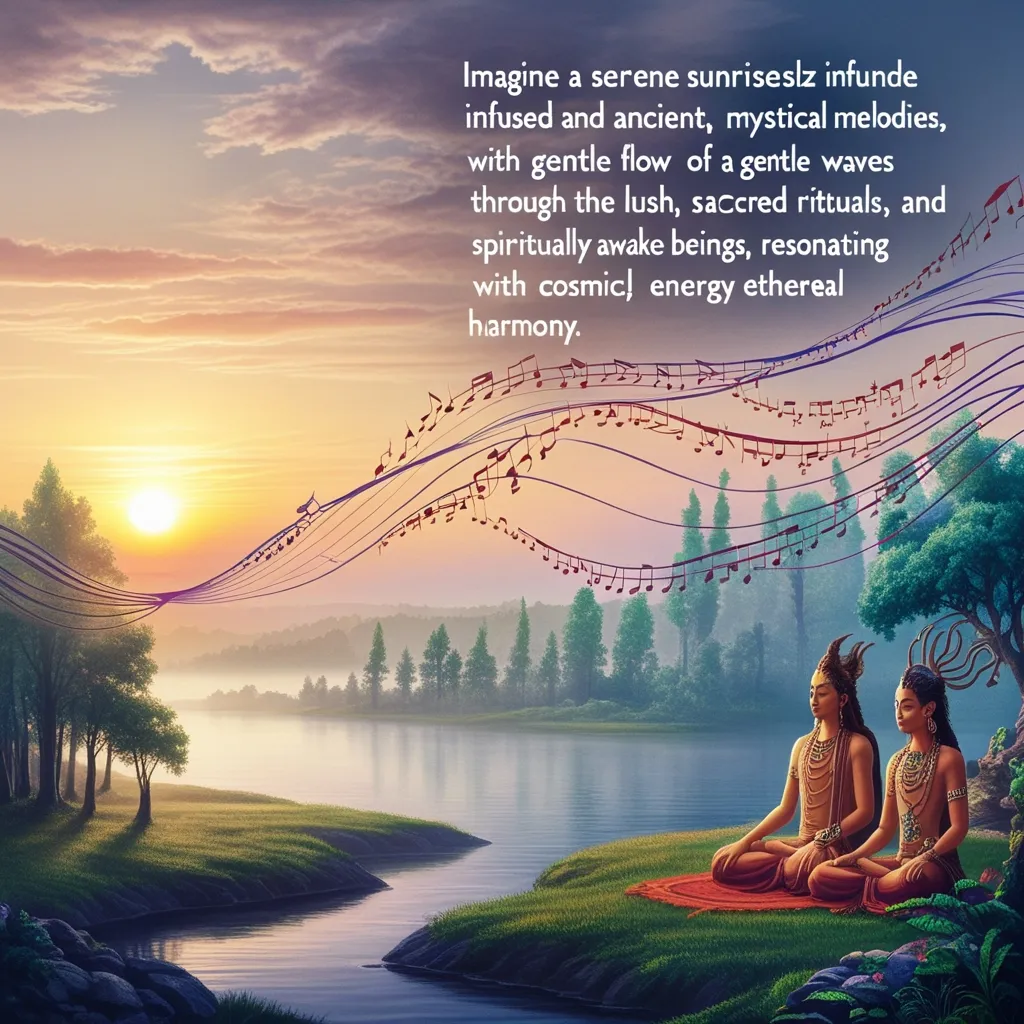Meditation, or Dhyana, is like an ancient treasure chest of wisdom tucked away in the heart of Hinduism. It’s not just a practice; it’s a journey of self-discovery and enlightenment that’s been around since the times of the Vedic era. Even the Rigveda – one of Hinduism’s oldest scriptures – gives us a peek into these meditative practices. Imagine, way back then, people were already trying to find peace and clarity by turning inward.
The Upanishads, which are more like ancient spiritual guidebooks, dive deep into meditation. They’re packed with wisdom and practical tips for anyone on a spiritual path. The Kaushitaki Upanishad, for instance, instructs seekers to meditate on the ultimate reality, using the mind to connect with the essence of life. It’s like turning your mind into a laser beam focusing on the very core of existence.
Another Upanishad, the Chandogya, pretty much says, “Hey, take a moment, sit down, chill, and just think about the ultimate reality – Brahman.” It’s not about doing fancy rituals; it’s about contemplation and reflection. The Prashna Upanishad adds that meditating on the sacred syllable AUM (ॐ) is the way to reach Brahman’s world – which sounds like a pretty cool destination for a spiritual road trip.
Now, the Upanishads are all about taking external rituals and internalizing them into meditative practices. Like, instead of lighting an actual fire for a ritual, you can turn the fire into a visual in your mind, using truthfulness as your firewood, patience as your offering, and non-violence as your sacrificial cake. How cool is that?
The journey of meditation usually kicks off with concentration, known as Dhāraṇā, which then smoothly transitions into meditation, or Dhyāna. It’s like warming up before you dive into a deep, refreshing pool of introspection. This process is all about purifying the mind and understanding the ultimate reality.
Each Upanishad has its own flavor of teachings. Take the Mandukya Upanishad, for example. It dives into the states of consciousness and is pretty much the holy grail of Vedantic meditation. It’s like, “Hey, there’s more to life than just the everyday waking state and dreams; there’s something much deeper.” The Taittiriya Upanishad tells us to meditate on the Self that’s hidden in our hearts. It’s a bit like hunting for hidden treasure, but the treasure is you!
And then there’s the Mundaka Upanishad, which emphasizes that the Self is hidden in the heart and can only be revealed through deep contemplation. It’s a pretty powerful statement, nudging us to sit down and really look inside ourselves.
Mantras play a massive role in this meditative journey. The Katha Upanishad encourages folks to meditate on the mantra “Om” to realize the Self. Somehow, that sacred sound helps in focusing the mind and diving into a richer state of consciousness – almost like a spiritual elevator taking you up to the top floor of understanding.
The Upanishads also say that getting out of the cycle of birth and death – aka reaching liberation – is achievable through self-knowledge, and guess what? Meditation is the way to get there. It’s about listening to the teachings (shravana), pondering deeply on them (manana), and meditating consistently (nididhyasana) until enlightenment dawns. Imagine doing this so regularly that it becomes a part of who you are, leading you to ultimate freedom.
A key point in Vedantic meditation is the distinction between the mind (manas) and the Self (Atman). The mind, according to the Upanishads, is a product of ignorance, while the Self is the ultimate reality. The mission of meditation is to merge the mind into the Self, revealing your true nature beyond the ever-changing world.
And here’s the beautiful part – meditation in the Upanishads isn’t just for a select few. It’s universal, welcoming anyone who’s on a quest for spiritual growth. These ancient texts see nature as a mirror of our true being, making meditation something everyone can relate to and practice, no matter where they’re from or what they believe.
Even though these teachings come from way back when, they’re still incredibly relevant in today’s fast-paced world. Modern science even backs up the amazing benefits of meditation for both body and mind, echoing the Upanishads’ ancient wisdom. These texts blend philosophical insights with practical techniques, offering a well-rounded approach to anyone looking to dive into the practice.
Meditation, as the Upanishads describe, is this timeless tool for spiritual growth and self-realization. It’s about understanding the ultimate reality, differentiating between your mind and your true self, and using mantras and various techniques to reach higher states of consciousness. This ancient practice continues to light the way for seekers of all ages, proving that some truths are eternal and always worth exploring.






